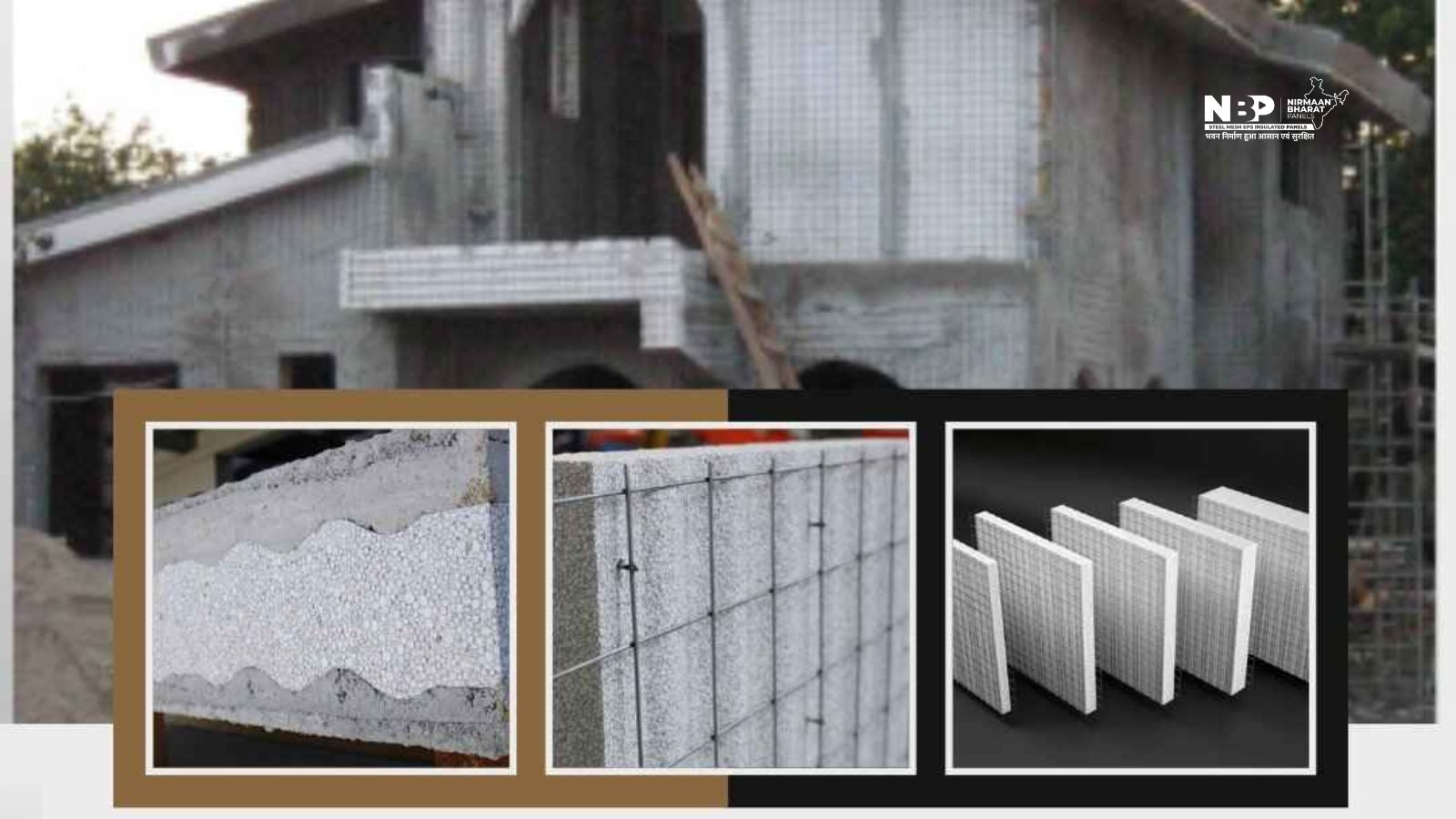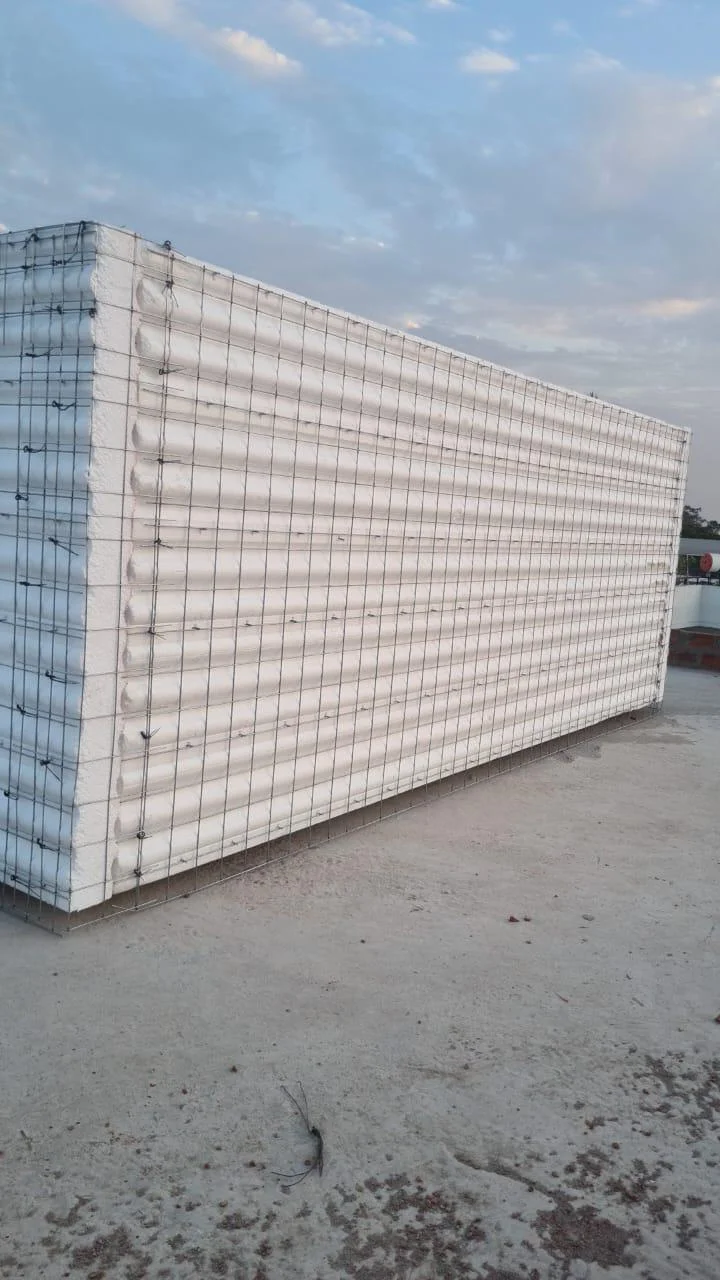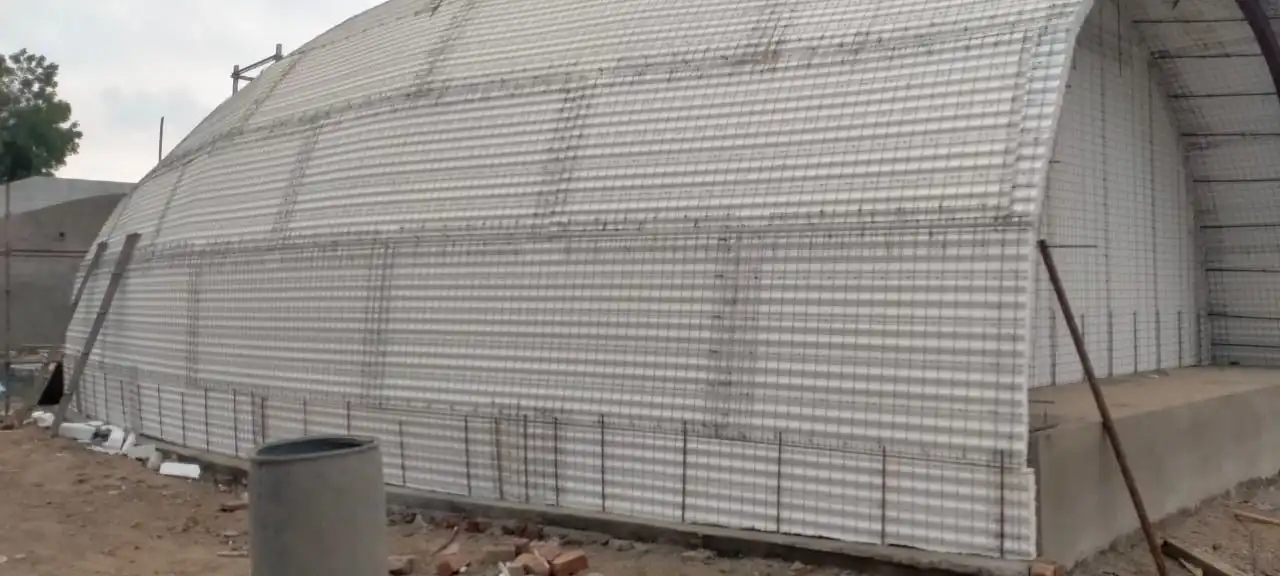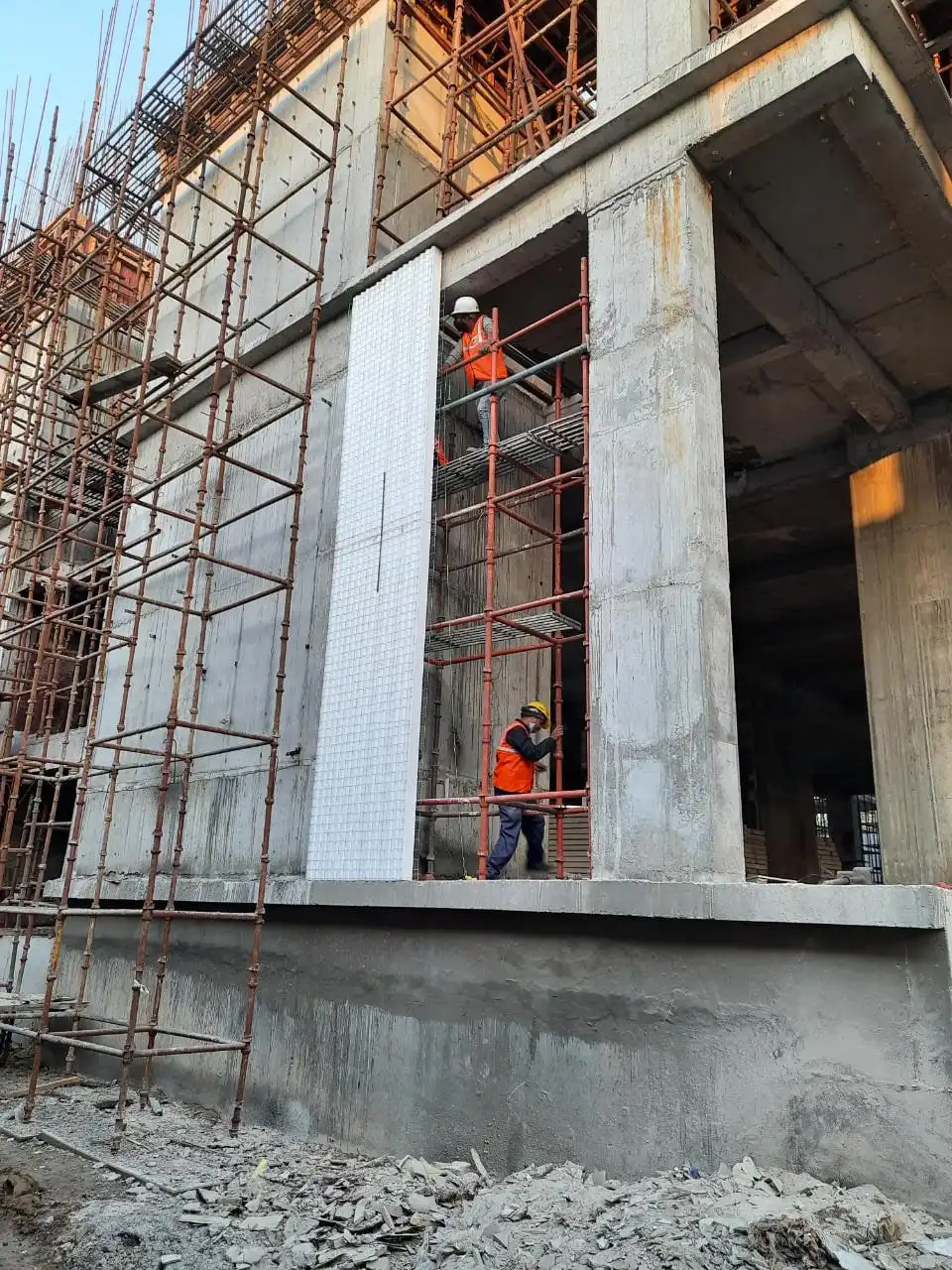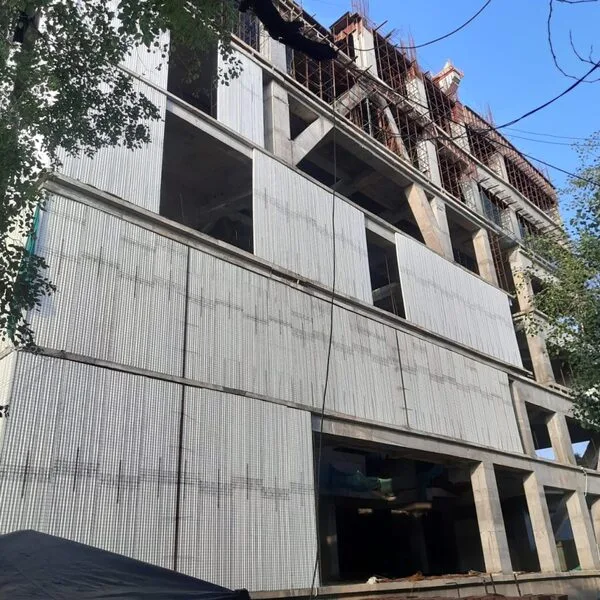In the realm of construction and insulation, Expanded Polystyrene (EPS) panels have emerged as a versatile and efficient solution. These lightweight, rigid foam panels are known for their exceptional thermal insulation properties and ease of installation. However, not all EPS panels are created equal, as there are various types designed to cater to specific needs. In this blog post, we will delve into the different types of EPS panels, their unique characteristics, and applications.
Table of Contents
ToggleStandard EPS Panels
Standard EPS panels, also known as white EPS, are the most common type found in the market. These panels are manufactured by expanding polystyrene beads and molding them into large, rigid sheets. Standard EPS panels are renowned for their excellent thermal insulation, lightweight nature, and cost-effectiveness. They find widespread use in residential and commercial construction for insulating walls, roofs, and floors.
Graphite-Enhanced EPS Panels
Graphite-enhanced EPS panels, or grey EPS, take the benefits of standard EPS a step further. By incorporating graphite particles into the foam, these panels exhibit enhanced thermal conductivity, providing better insulation performance than their white counterparts. This type of EPS panel is particularly suitable for applications where space is limited, as thinner panels can achieve the same or even better insulation values.
Fire-Retardant EPS Panels
Safety is a top priority in construction, and fire-retardant EPS panels are designed to meet this demand. These panels are treated with fire-resistant additives during the manufacturing process, making them highly resistant to flames. Fire-retardant EPS panels are commonly used in buildings where stringent fire safety regulations must be adhered to, such as high-rise structures, commercial complexes, and public facilities.
Moisture-Resistant EPS Panels
Moisture can pose a significant threat to the structural integrity and insulation efficiency of building materials. To address this concern, moisture-resistant EPS panels are engineered with additives that repel water and prevent the absorption of moisture. These panels are ideal for applications in damp environments, such as basements, bathrooms, and other areas prone to high humidity levels.
High-Density EPS Panels
High-density EPS panels are manufactured by compacting polystyrene beads at a higher pressure, resulting in a denser and more robust foam. This type of EPS panel offers increased strength and durability, making it suitable for load-bearing applications. High-density EPS panels find use in construction projects where the panels will bear substantial weight, such as flooring systems and structural insulation.
Molded EPS Panels
Molded EPS panels are crafted through a specialized molding process, allowing for the creation of intricate shapes and designs. This versatility makes them suitable for applications where customized insulation solutions are required, such as architectural detailing, artistic installations, and unique construction projects.
Conclusion
In conclusion, the world of EPS panels is diverse and tailored to meet the specific needs of various construction projects. From standard white EPS panels to specialized varieties like graphite-enhanced, fire-retardant, moisture-resistant, high-density, and molded EPS panels, each type brings unique advantages to the table. As technology continues to advance, we can expect further innovations in EPS panel design, providing even more options for efficient and sustainable construction practices.



